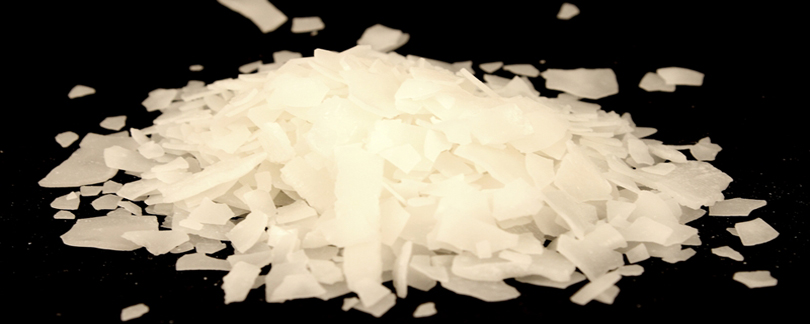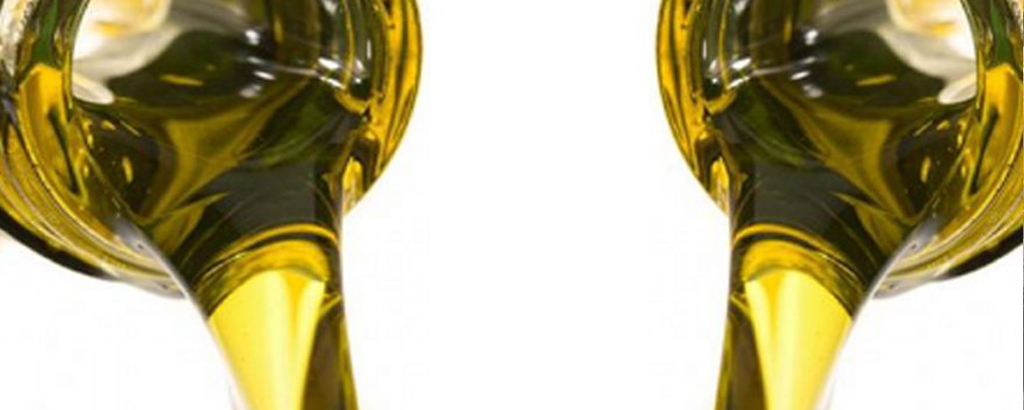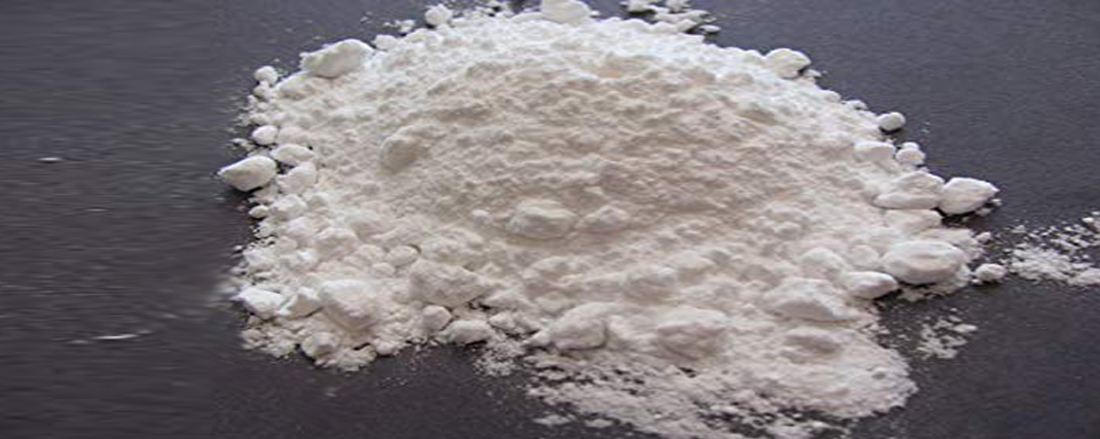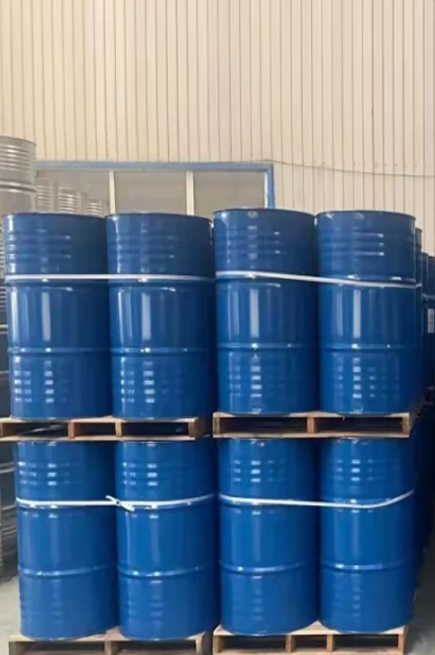kenya chemical is one of the leading Liquid Chlorine manufacturers and suppliers in kenya. We are supplied into various industrial markets including Household, Institutional Cleaning, Personal Care, and Industrial sectors including Oil fields, Agriculture, Lubricants, Marine Industry, Metal Working chemical industry, and Coatings markets.
Chlorine is a chemical element with the symbol Cl and atomic number 17. The second-lightest of the halogens, it appears between fluorine and bromine in the periodic table and its properties are mostly intermediate between them. Chlorine is a yellow-green gas at room temperature. It is an extremely reactive element and a strong oxidizing agent: among the elements, it has the highest electron affinity and the third-highest electronegativity on the Pauling scale, behind only oxygen and fluorine.
Elemental chlorine is commercially produced from brine by electrolysis, predominantly in the Chlor-alkali process. The high oxidising potential of elemental chlorine led to the development of commercial bleaches and disinfectants and a reagent for many processes in the chemical industry. Chlorine is used in the manufacture of a wide range of consumer products, about two-thirds of them organic chemicals such as polyvinyl chloride (PVC), many intermediates for the production of plastics, and other end products which do not contain the element. As a common disinfectant, elemental chlorine and chlorine-generating compounds are used more directly in swimming pools to keep them sanitary.
Sodium chloride is the most common chlorine compound and is the main source of chlorine for the demand by the chemical industry. About 15000 chlorine-containing compounds are commercially traded, including such diverse compounds as chlorinated methane, ethanes, vinyl chloride, polyvinyl chloride (PVC), aluminium trichloride for catalysis, the chlorides of magnesium, titanium, zirconium, and hafnium which are the precursors for producing the pure form of those elements.
Quantitatively, of all elemental chlorine produced, about 63% is used in the manufacture of organic compounds, and 18% in the manufacture of inorganic chlorine compounds. About 15,000 chlorine compounds are used commercially. The remaining 19% of chlorine produced is used for bleaches and disinfection products. The most significant of organic compounds in terms of production volume are 1,2-dichloroethane and vinyl chloride, intermediates in the production of PVC. Other particularly important organochlorines are methyl chloride, methylene chloride, chloroform, vinylidene chloride, trichloroethylene, perchloroethylene, allyl chloride, epichlorohydrin, chlorobenzene, dichlorobenzenes, and trichlorobenzenes.
Cl Uses (Chlorine)
It is used to get rid of the smell of putrefaction.
It is used as a disinfectant.
Chlorine is used in the treatment of drinking water to kill bacteria.
It is used to clean swimming pools.
It is used in the production of paper and paper products.
It is used as an antiseptic.
It is used to produce drugs.
It is used in the manufacture of dyes and plastics.
Liquid Chlorine market based on Types are:
Industrial Grade
Reagent Grade
Liquid Chlorine Market Segmentation, By Applications
Water Treatment
Agriculture
Chemical Processing
Pharmaceutical
Pulp and Paper
Textile
We are trying our best to supply every chemical you may wish to buy. However, if there is something you can’t find, feel free to contact us and we will find just what you are looking for and offer you a competitive price. For more information or to request a particular product, call customer services or Given website Email address.
mail@kenyachemical.com





